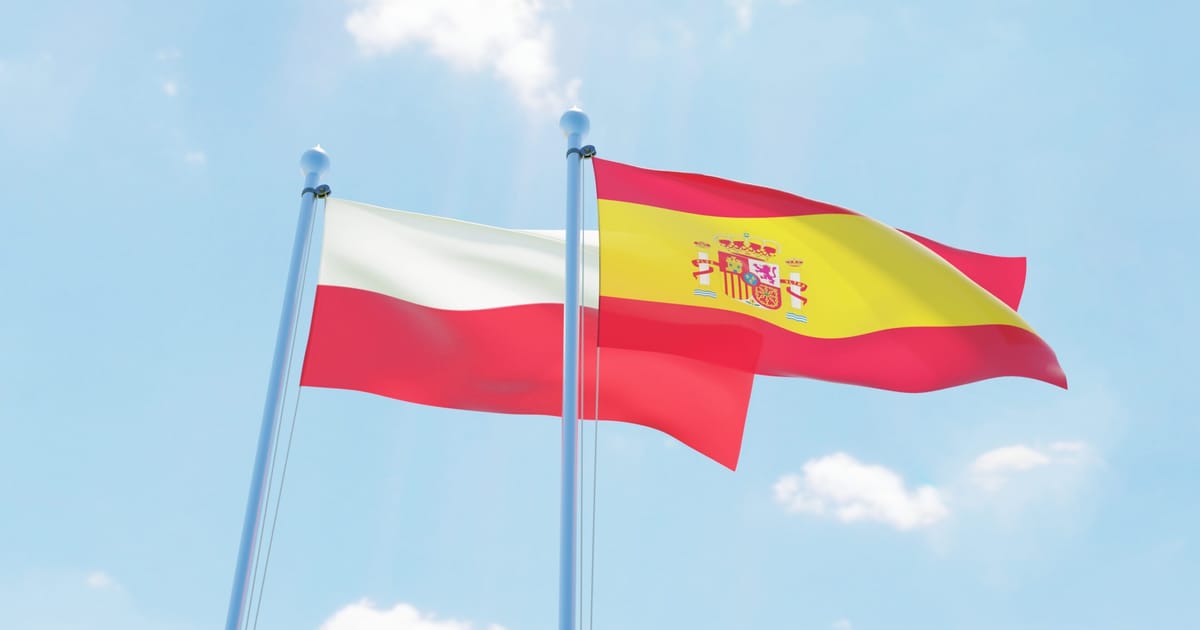In further good news, the unemployment rate is set to remain below 6 percent through 2027, while inflation will shrink to 2.2 percent within the same time period. Economy Commissioner Valdis Dombrovskis urged the bloc to capitalize on the momentum.
“Now, given the challenging external context, the EU must take resolute action to unlock domestic growth,” such as “simplifying regulation, completing the Single Market, and boosting innovation,” Dombrovskis said in a statement.
In a striking reversal, the poster boys of the eurozone crisis — Portugal, Greece, Cyprus, Ireland, and Spain — are set to outperform countries such as Germany, Finland, and Austria that were once seen as economic models.
In a worrying sign for Europe, its three largest economies — Germany, France, and Italy — are set to experience weak growth over the coming years. Once the engine of European growth, Germany is set to expand by 0.2 percent in 2025 and 1.2 percent in 2026 and 2027.
Italy is estimated to grow at an even more sluggish pace — 0.4 percent in 2025 and 0.8 percent in 2026 and 2027 — despite being the main beneficiary of the EU’s post-COVID recovery program.
This stands in contrast to the strong economic growth in 2025 in Southern and Eastern countries such as Malta (4 percent), Bulgaria (3 percent), Lithuania (2.4 percent) and Croatia (3.2 percent).
